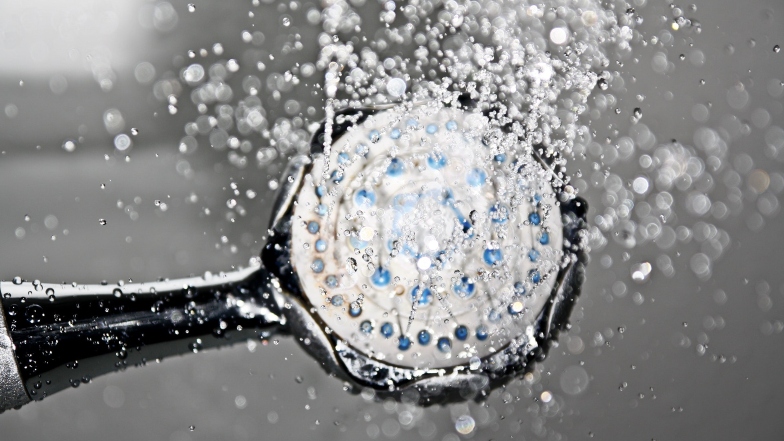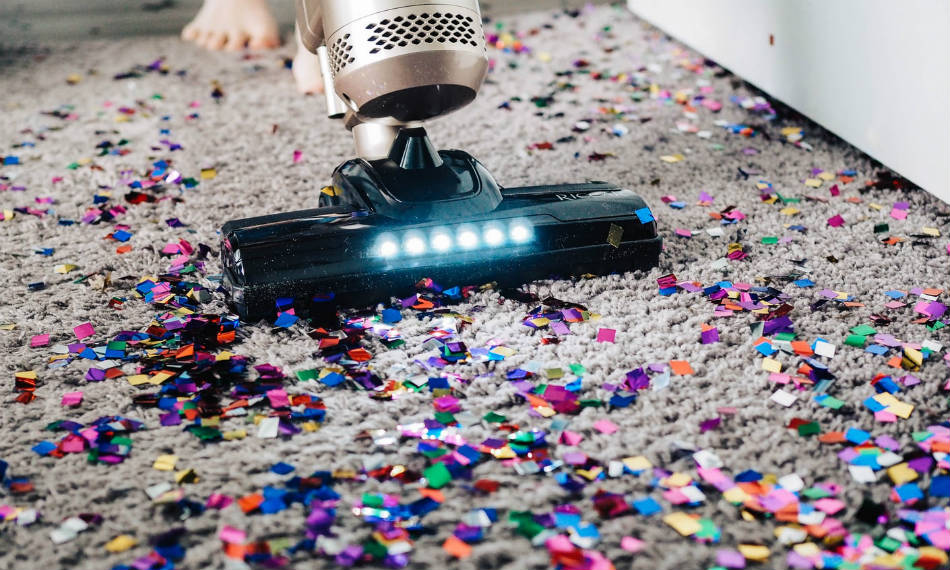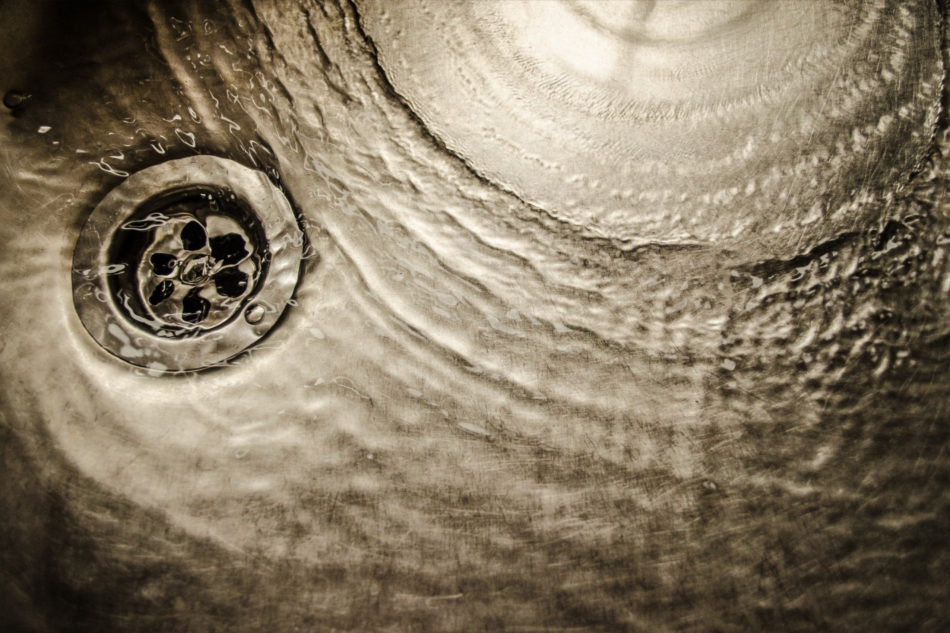
How Much is a Water Softener?

Did you know that nearly 60% of UK homes have water that is classified as either hard or very hard?
In some areas, in fact, the content of calcium carbonate in the water exceeds 200mg per litre.
If you’re not one of the lucky few who has access to soft water, you’ll want to invest in the best water softener you can find.
The question is, how much does this system cost? Are there additional costs that one incurs after buying a water softener?
Let’s take a dive into some of the costs involved in owning a water softener, as well as the ongoing expenses that arise from its use.
How much does a water softener cost?
Unfortunately, there’s no straightforward answer to this question. The specific amount of money you’ll spend on this affair will depend on four things:
- Type of water softener
- Cost of installation
- Size of water softener
- Frequency of regeneration
Type of water softener
To fully understand the price variation, you should first get acquainted with the different types of water softeners and how they work. There are two main varieties:
Salt-based water softener
This system uses sodium to cut back on the mineral concentrations – mainly the magnesium and calcium minerals which make water hard.
Every salt water softener comprises two components: a tank with resin beads and a brine tank or salt chamber.
So just how does this system work? As hard water flows through the system, the resin beads attract the magnesium and calcium ions.
Here, the sodium ions displace these hard water minerals, hence softening the water. The system then delivers the resulting soft water for consumption.
But after a while, these resin beads have to be rinsed off the minerals and recharge so that they continue softening the water that passes through. The term for this process is regeneration, and is the reason why people refill their softeners with salt.
The greatest benefit of investing in a salt-based system is that it results in purely softened water.
However, its price is quite steep. To add to this, you’ll incur an ongoing cost to operate, as it requires a large volume of salt and water for the regeneration process.
For the initial cost, you’ll pay anywhere between £500 and £1,200 for your salt-based softener.
When it comes to maintenance, you’ll have to refill the salt in your brine tank every four to six weeks. A more specific way to determine if you should add more salt is to check its level in the tank; it should always be three to four inches above the water level.
If it’s below the recommended threshold, then you’ll need to add more salt. A block of salt, which weighs about 4kg, goes for £3.50 or less.
It means that for a 40-pound bag of salt, which can last a month for an average-sized household, you’re looking to pay about £15.88.
You will find the salt blocks being sold in bundles of six, 12, 18 or more. Experts estimate that one individual uses at least one block of salt per month.
It means that if you’re a family of four to six, you’ll need four to six blocks of salt a month. As each block costs roughly £3.50, this brings the total price of the salt needed to between £14 and £21 each month.

Non-salt water softener
We’ll start by stating the fact that non-salt water softeners don’t really soften the water. Unlike the salt-based system that employs the principle of ion exchange to soften water, the non-salt version doesn’t.
These non-salt softeners are equipped with potassium chloride. This compound facilitates a chemical transformation that converts the magnesium and calcium ions into insoluble microcrystals.
This then renders the minerals incapable of adhering to surfaces.
Simply put, this system merely crystallises or neutralises the mineral ions so they can’t stick to surfaces like your washing machine, dishwasher or utensils. It means that it doesn’t get rid of the minerals that make water hard.
But what does this mean for your wallet? For starters, the average price of a non-salt water softener is £300.
Depending on the specific brand you go for, you may end up paying more or less. At one end of the spectrum, you could find one for less than £100 but others can cost three or four times as much.
However, when it comes to ongoing expenses, you may end up paying more. This is because potassium chloride, which is used as a substitute for sodium, is quite expensive.
Let’s stick to our earlier estimates, where one individual was using one block of salt (equivalent to 4kg) in a month.
If this individual was to switch to a non-salt version, they’d pay up to £29.99 for a 5kg bag of potassium chloride per month. This is almost 10 times the cost of one block of salt.
Due to the difference in costs, most homeowners prefer salt-based water softeners. Recently, however, the use of salt-based softeners has raised alarm over the potential side effects of consuming water with high sodium levels.
If you’re worried about this, use the softened water for laundry and dishwashing then buy bottled water for drinking purposes.

Cost of installation
If you’re enlisting the help of a professional plumber, expect to pay anything between £100 and £500 for your water softener installation. The amount you’ll pay will depend largely on:
1) The type of water softener being set up
2) The complexity of the job
The type of water softener being installed
Salt-free softeners are cheaper to install. This is because the process involved is not as sophisticated as the one required to install a salt-based water softener.
If you’re installing a salt-based softener, you may have to run a separate non-treated water supply to your kitchen tap for drinking water. The same applies if you have a boiler to eliminate the risk of having this appliance corroded by the salt-based system.
Another aspect that makes the installation of a salt softener difficult is the fact that it needs to be connected to the drain. This is to allow backwashing, an essential process that needs to take place to enable the system to regenerate.
All these extra steps contribute to the high cost of installing a salt-based water softener.
Complexity of installation
One other factor that has a considerable impact on the installation cost is the complexity of the job.
For homes whose main pipework is easy to access, the installation won’t cost more than £100. In fact, you might be able to find plumbers who will charge you as little as £70.
Some homeowners might not be so lucky, though. If your property requires running pipes or a water line to bypass the water leveller for a pool, the installation cost can be quite steep.
As with other home projects we highly recommend that you get a quote first before the plumber starts working. This way, you’re aware of the exact amount of money you’ll pay in the end.
Of course, you can choose to take a DIY approach and save money on the installation. But you should only consider this option if you have a bit of plumbing experience. You should be able to answer questions such as:
- Where should the water softener be placed?
- Are there power outlets in close proximity?
- How much salt is the water softener going to need?
- How far should the drain be from the water softener?
Even then, you’ll still spend some money purchasing supplies necessary for the installation. Here’s a list of items you would need, and an estimate of their prices:
- Pipe cutters (£15)
- Compression fittings (£8)
- Copper pipe (£10)
- Tee valves (£8)
- Gate valves (£6)
- Flexible tubing (£10)
- Solder (£10)
- Tape measure (£5)
In summary, the cost savings from choosing a DIY approach do outweigh the expense of hiring a plumber. But, if you have zero plumbing experience, it’s best to let the pros handle this task.
Think about all the benefits you’ll get from enlisting professional help. They have the expertise and knowledge needed to do a proper installation. They’ll provide ongoing assistance and maintenance free of charge.
And more importantly, they’ll be familiar with local permit requirements for carrying out such a project.

Size of the water softening unit
Based on the size of your home and your water needs, you’ll need to pick between a single and twin tank water softener.
Here’s an overview of each design:
Single Tank
As you’ve probably guessed, a single tank comprises just one cabinet that accommodates both the resin tank and brine tank. This appliance operates by estimating the amount of water you use.
Essentially, it analyses your water consumption rate by the gallon, then as soon as this threshold is achieved, it initiates the regeneration process.
The regeneration typically happens during off-times like in the middle of the night or early in the morning.
During this time, there’s no soft water available as the entire system shuts down to pave way for regeneration.
Single tank water softeners are perfect for small- and medium-sized homes. The average price for one is about £600.
Twin Tank Softeners
This system constitutes two resin tanks and a brine tank. One resin tank stores the resulting soft water whereas the other resin tank is used for regeneration.
The benefit of this is that it provides a constant supply of soft water as the system never has to shut down to make room for regeneration.
But as you can expect, it takes up more space, and costs more than its single tank counterpart. It is why most twin tank softeners are reserved for large properties or commercial spaces.
On average, the price of a twin tank softener ranges between £900 and £2,000.
Frequency of regeneration
Water softeners can be classified further into:
- Timer-controlled
- Meter-controlled
Timer-controlled softeners are designed to start the regeneration process at a predetermined schedule, which could be daily, weekly or whatever you decide. It implies that unless the preset time has elapsed, no regeneration occurs.
Conversely, a meter-controlled water softener operates on an as-needed basis.
It analyses the amount of water that’s flowing through your softener at any given time. Based on this, it determines when the right time to initiate the regeneration process is.
Which design is better in terms of cost? Well, a meter-controlled softener offers massive cost savings.
That’s because this softener will never initiate the regeneration process unless it needs to, and this saves you a great deal of water and energy.
But with a timer-controlled model, the regeneration of the resin beads happens whether the threshold has been reached or not.
This is quite wasteful because regeneration may happen before the resin is completely used up.
Regeneration may also happen too slowly, meaning you could be stuck using hard water for a while.
With this in mind, it comes as no surprise that a meter controlled softener is more expensive than its timer-controlled counterpart.
Even though you’ll pay more upfront for the metered design, the savings you’ll enjoy over time significantly outweigh this initial cost.
Summary
The price you’ll pay for a water softener depends on multiple factors. One of these is the type of water softener you purchase. Usually, salt-free softeners are cheaper to buy than the salt-based varieties, but they cost more to run.
Another cost that comes into play is that of installation. If you have a bit of plumbing experience, you can save money by taking a DIY approach. Otherwise, you’ll have to enlist help from a professional plumber, which will cost you.
The design of water softener will also have an impact on the initial cost. Metered models, which operate on an as-needed basis, are more expensive than their time-controlled counterparts.






